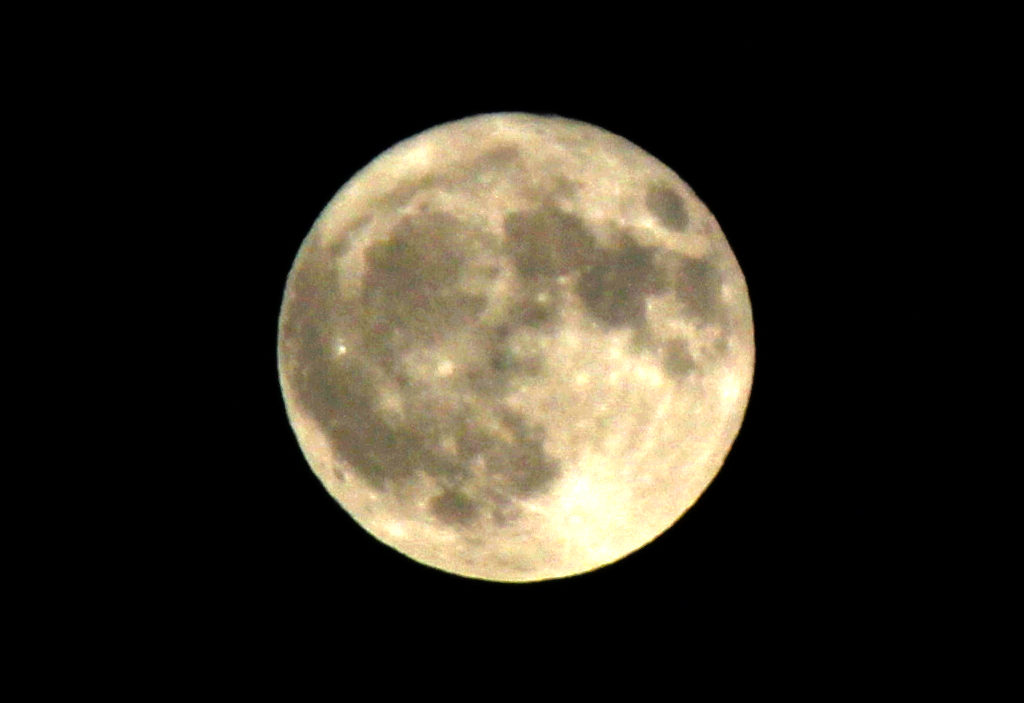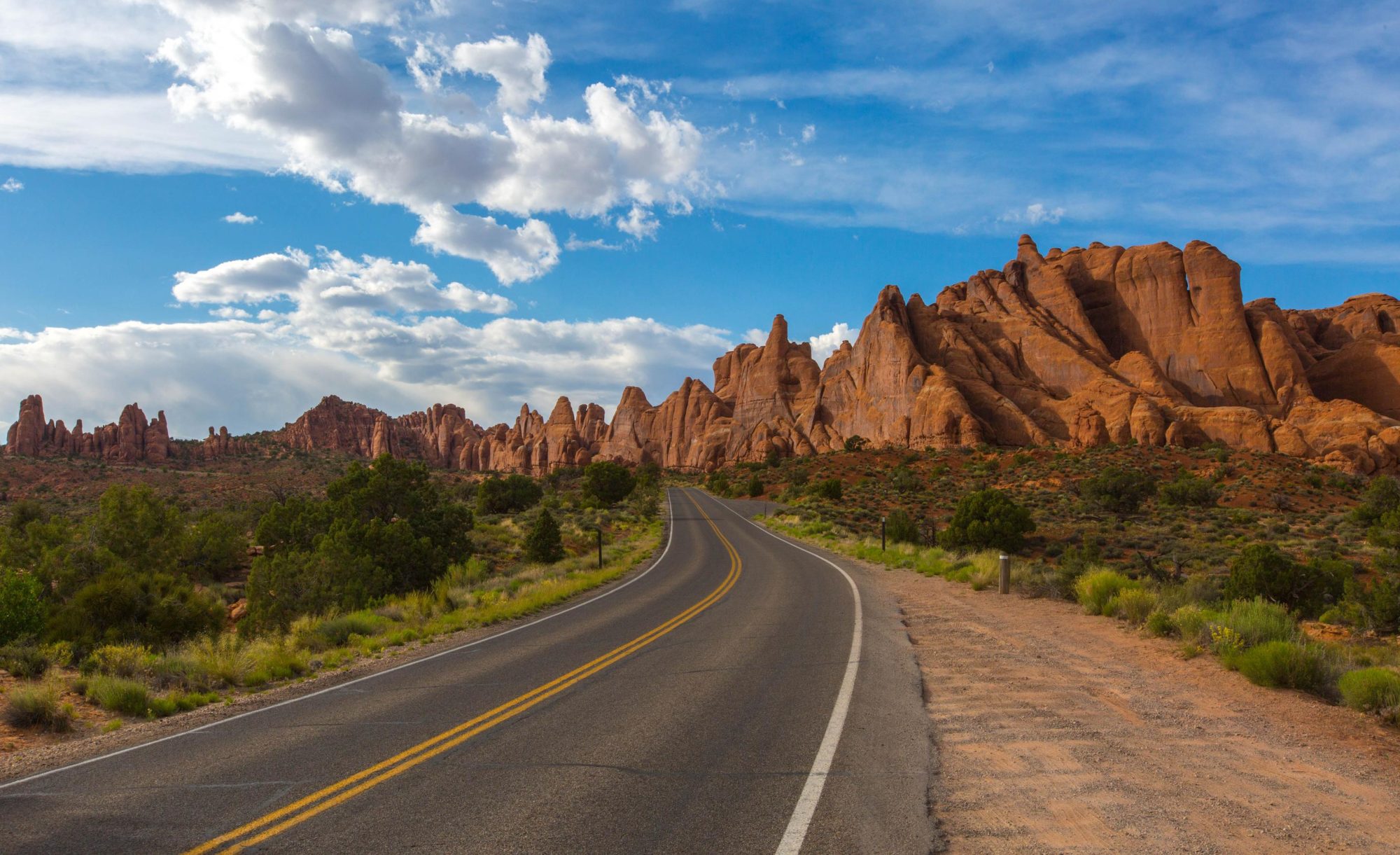Our introduction to Nebraska was white and cold as we spent our first day hunkered down watching the snowstorm outside. We went outside for exactly six minutes to take photos and feel the snow on our faces and then it was straight back indoors to the warmth of our room. Recommendation: if anyone is passing through Gering, Nebraska, go and stay at the Arcadia Hotel. Cosy, comfortable, great value and perfect for snow watching.

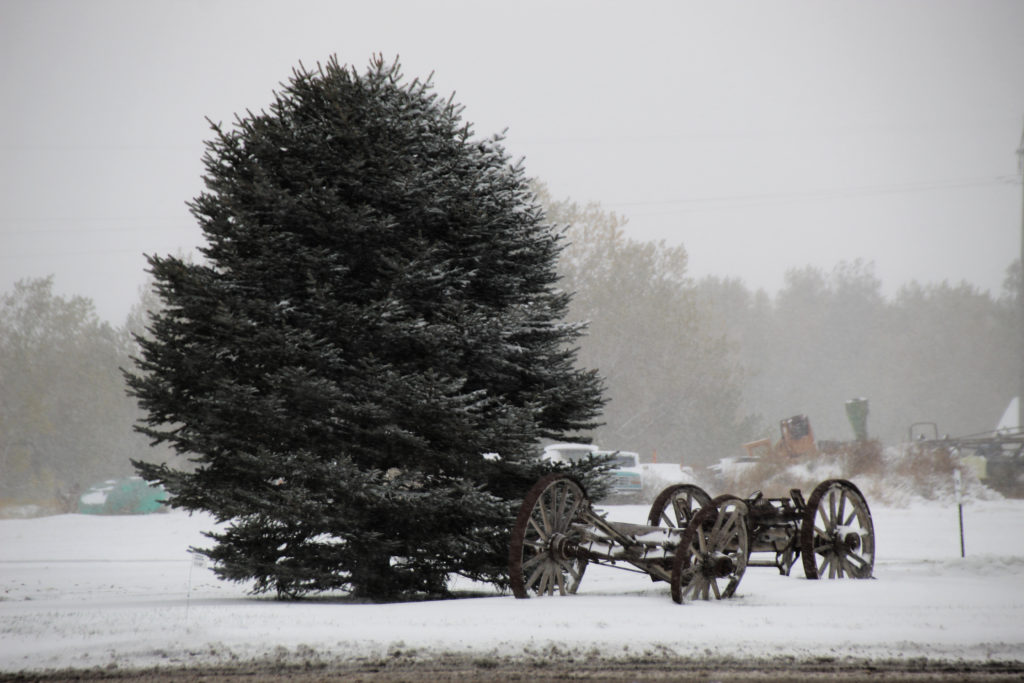

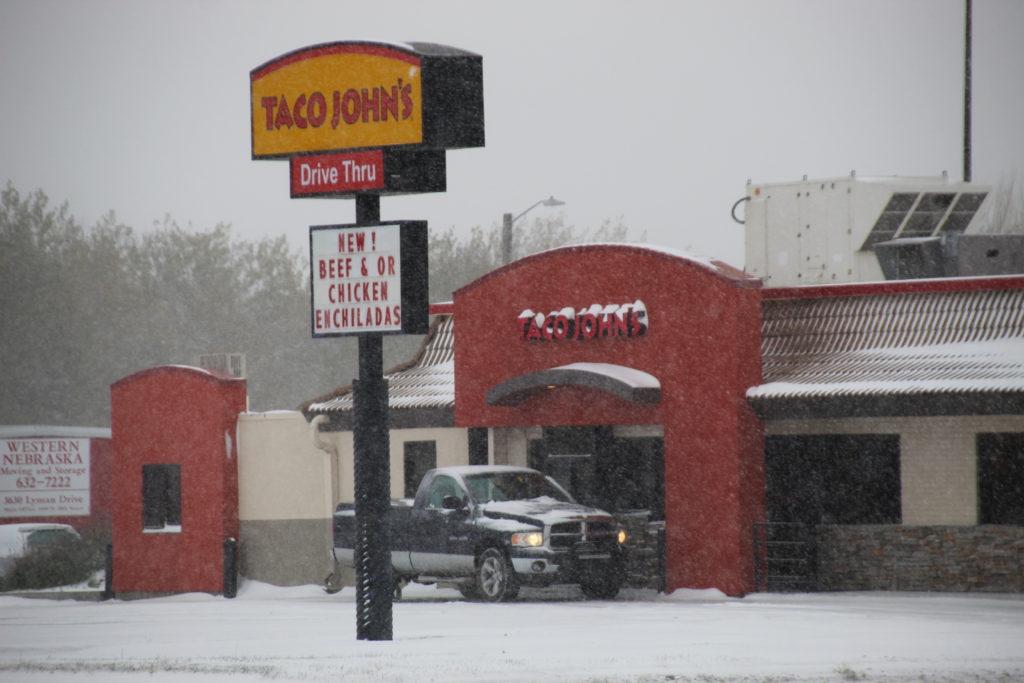
The next day dawned with brilliant blue skies so out we headed to explore Scotts Bluff National Monument and Chimney Rock. On the way there we stopped in at the Legacy of the Plains Museum. This museum gives a brilliant history of the area with the most eclectic collection of things on display we’ve ever seen.

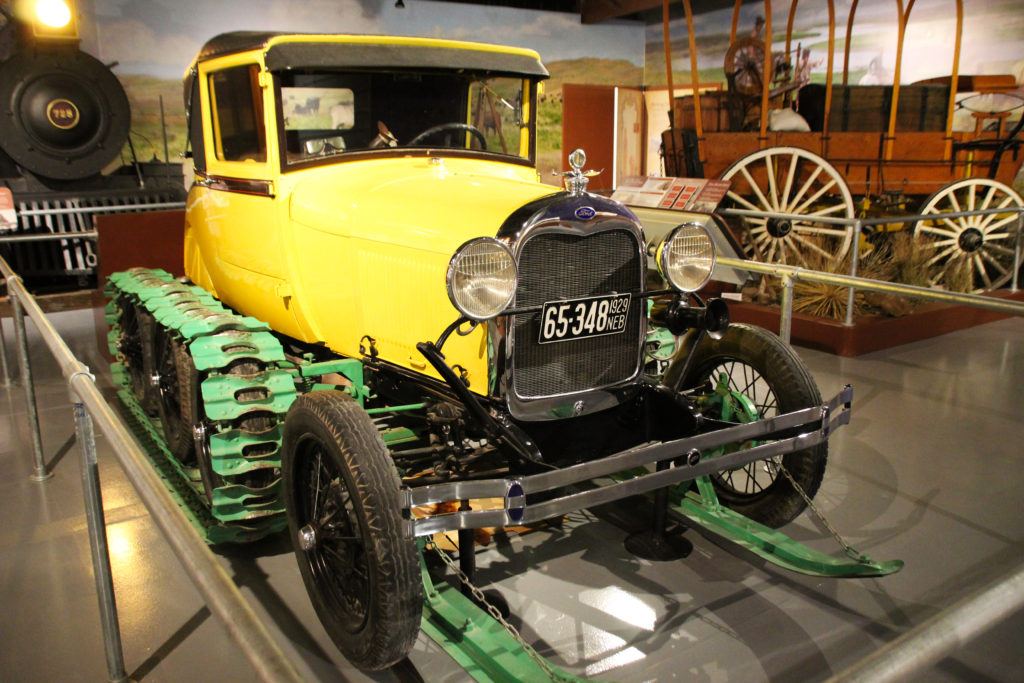
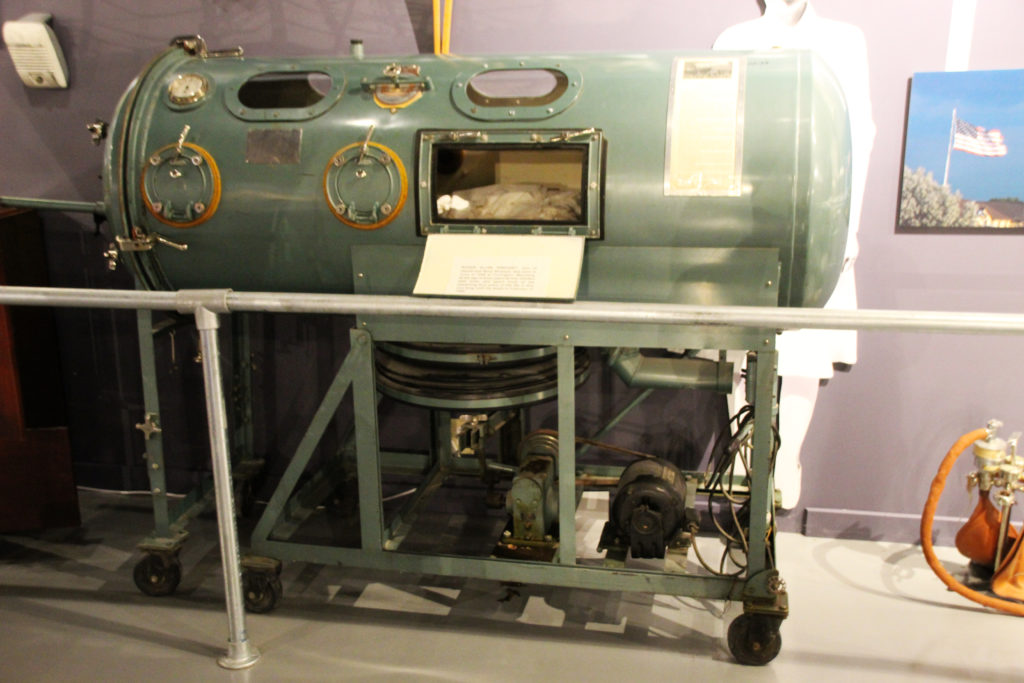
Scotts Bluff National Monument dramatically rises up out of the landscape and, together with Chimney Rock, served as the indicator for emigrants on the Oregon, California and Mormon trails that they were entering the West. To stand and look at this landscape and to imagine the hundreds of thousands of men, women, children, horses and wagons that came through here in the mid-1800s is quite incredible. From here emigrant traffic headed through to Fort Laramie in Wyoming. It was pretty amazing to be able to actually walk on and see part of the famed trail that led to the Pacific Northwest.
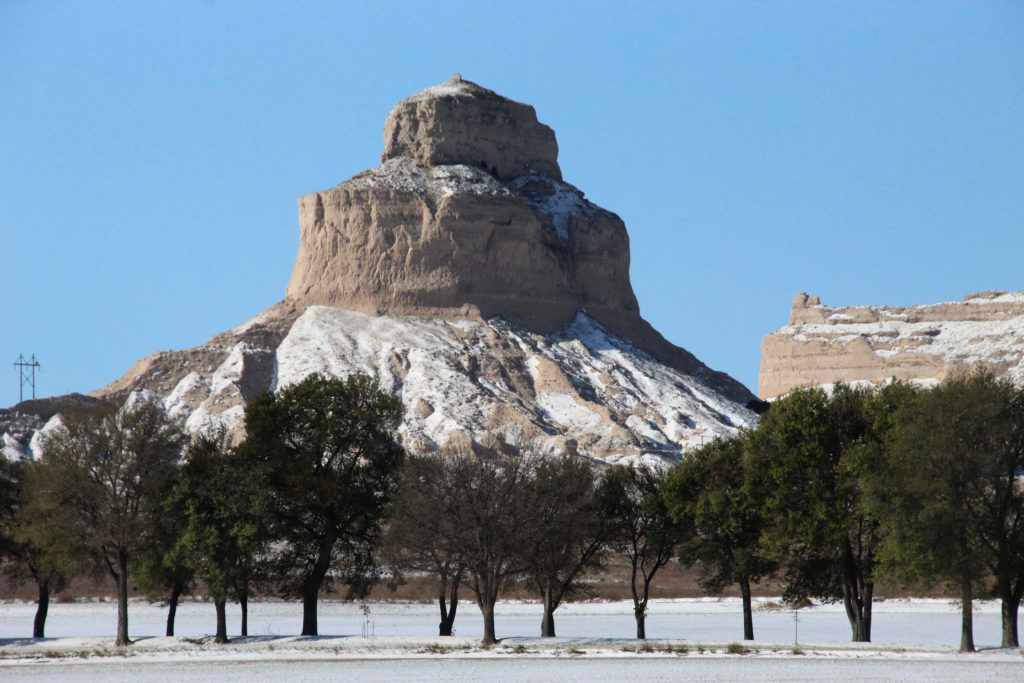

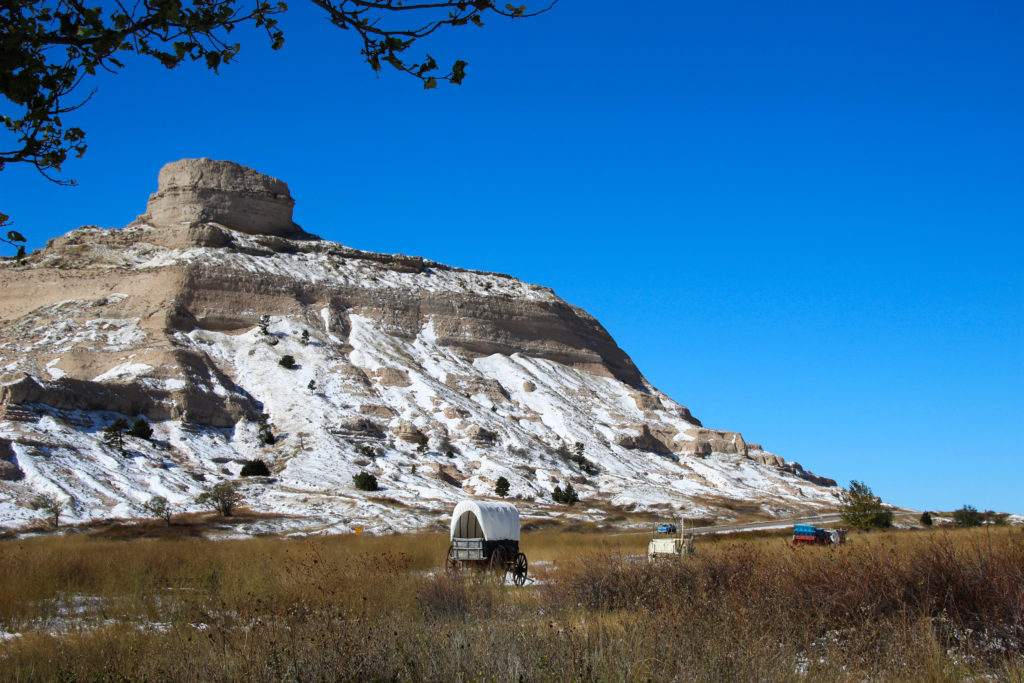
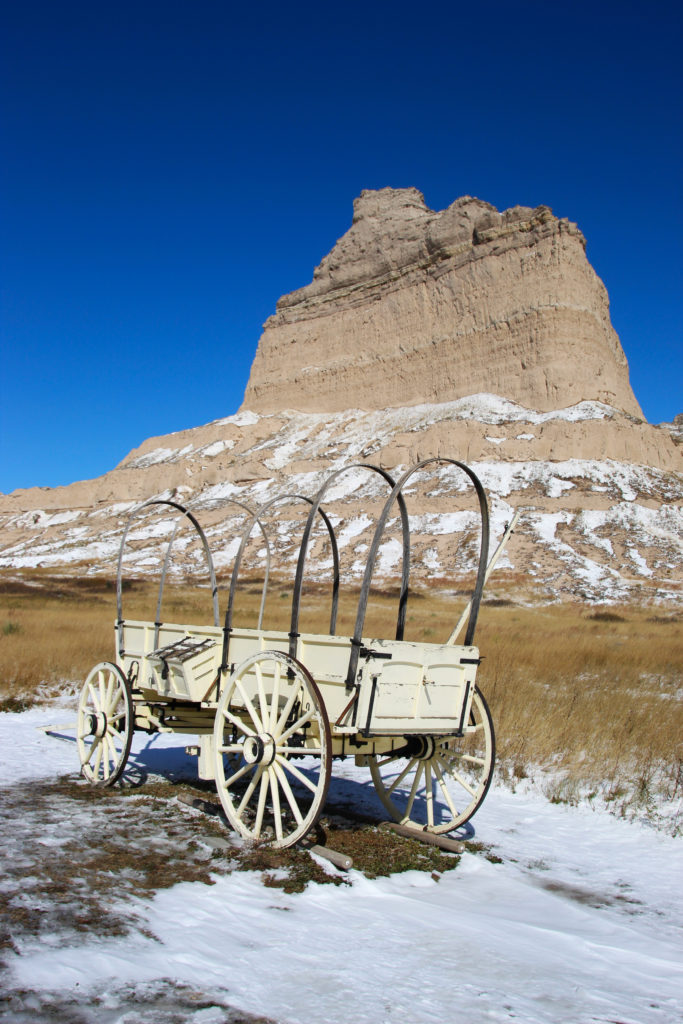
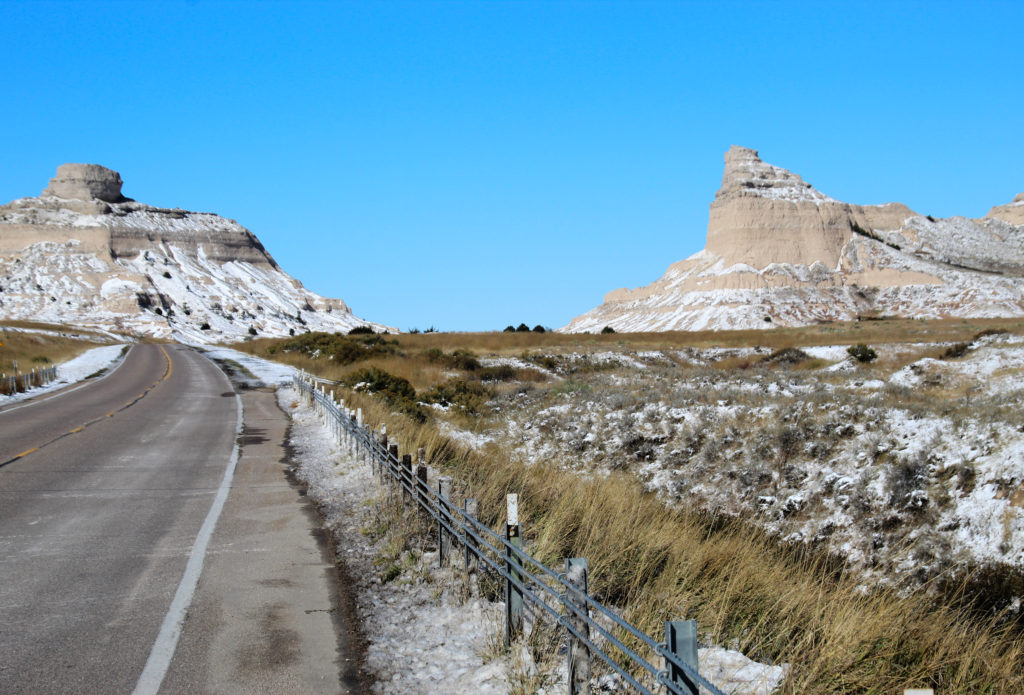
Chimney Rock also makes for a striking silhouette on the horizon. The most recognisable landmark on the emigrant trails, Chimney Rock let travelers know they were going in the right direction. It stands 99m/325ft high however during the time of western migration, it stood an estimated 30m higher. Wind, erosion and lightening has cut it down in height over the last 150 years, but it is still impressive to look at today, especially when imagining the emigrants catching first sight of it from a distance.

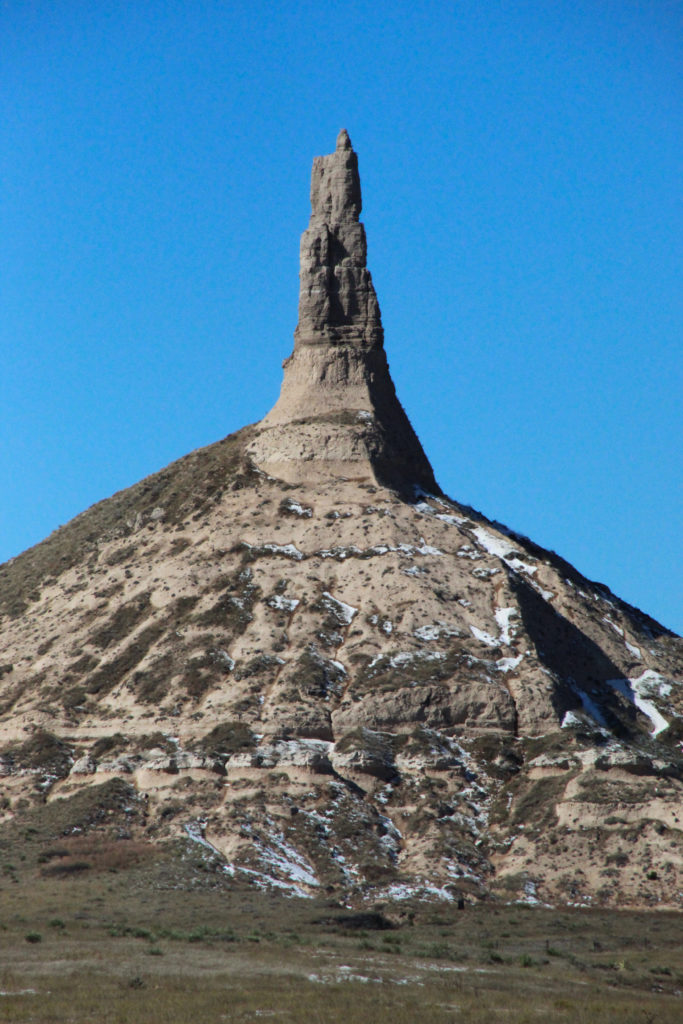
A stop at the Chimney Rock visitor center showed us lots of emigrant trail related information but we were both particularly taken with this advertisement for Pony Express riders:
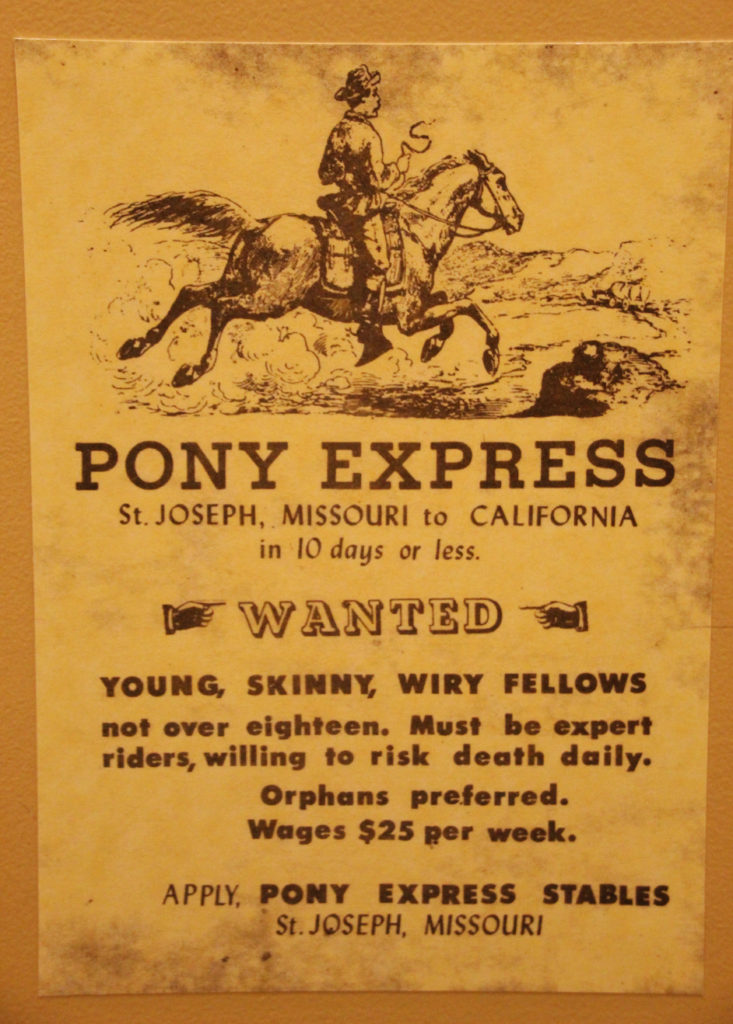
A Scottsbluff cuisine mention: the Tangled Tumbleweed is a must-stop for anyone coming through this way. A former gas station converted into a food and wine bar, the Tangled Tumbleweed offers great service and yummy food.


An unexpected Nebraska bonus as we headed through North Platte was Union Pacific Railway’s Bailey Yard. The largest railroad classification yard in the world, it handles 12,000 railroad cars every day. We went up to the observation levels of the Golden Spike Tower for great views of the entire railyard.

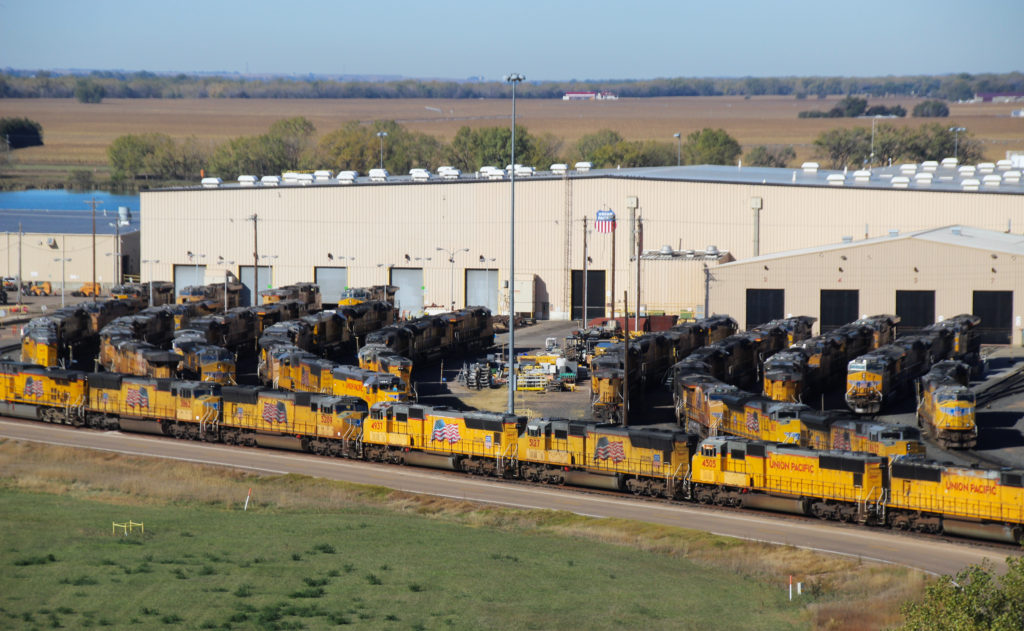
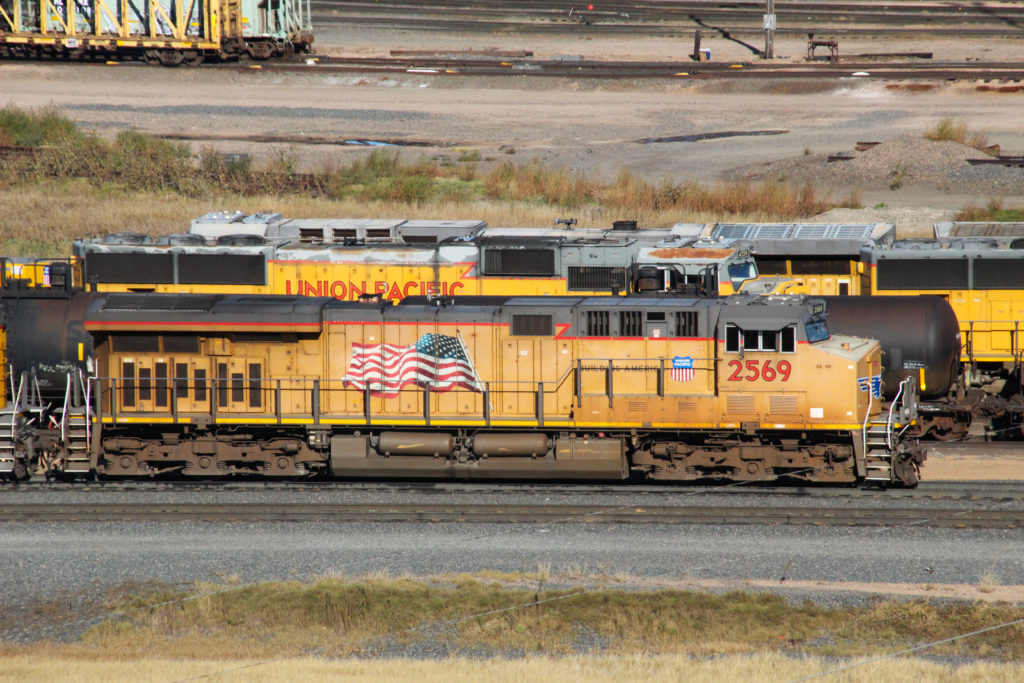
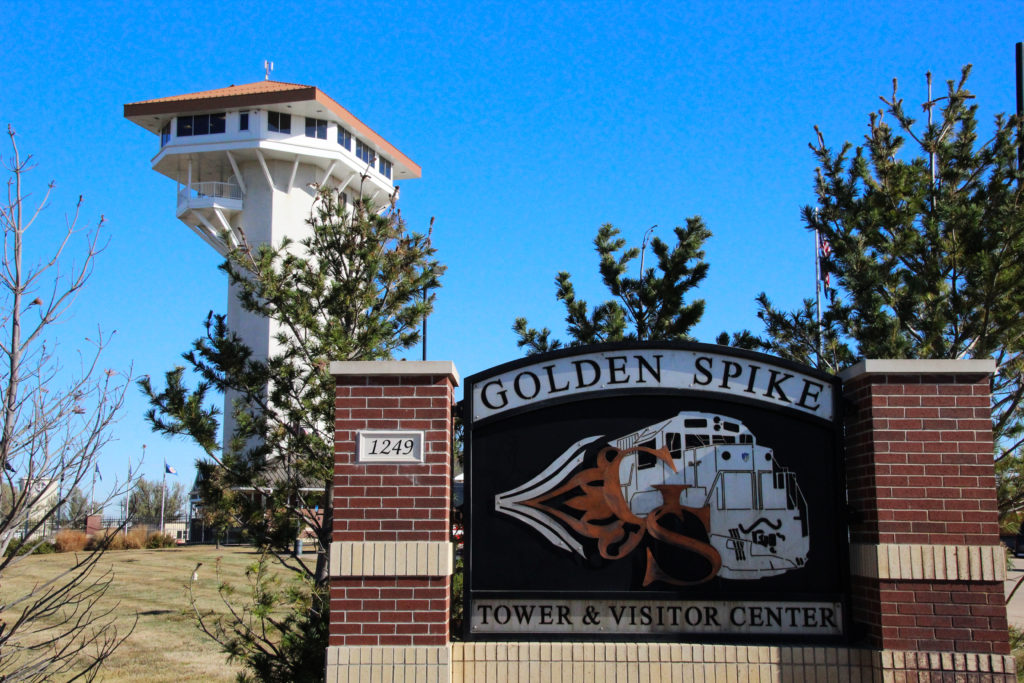
The Tower also shares information about the Orphan Trains, which transported orphans from the East to foster homes in the rural midwest from 1854 to 1929, and the North Platte Canteen. The North Platte Canteen was a locally supported railroad stop during World War II that provided refreshments and friendly faces to servicemen on their way to war. With no federal funding, the Canteen was run by 55,000 volunteers who provided the refreshments themselves during a time of rations.
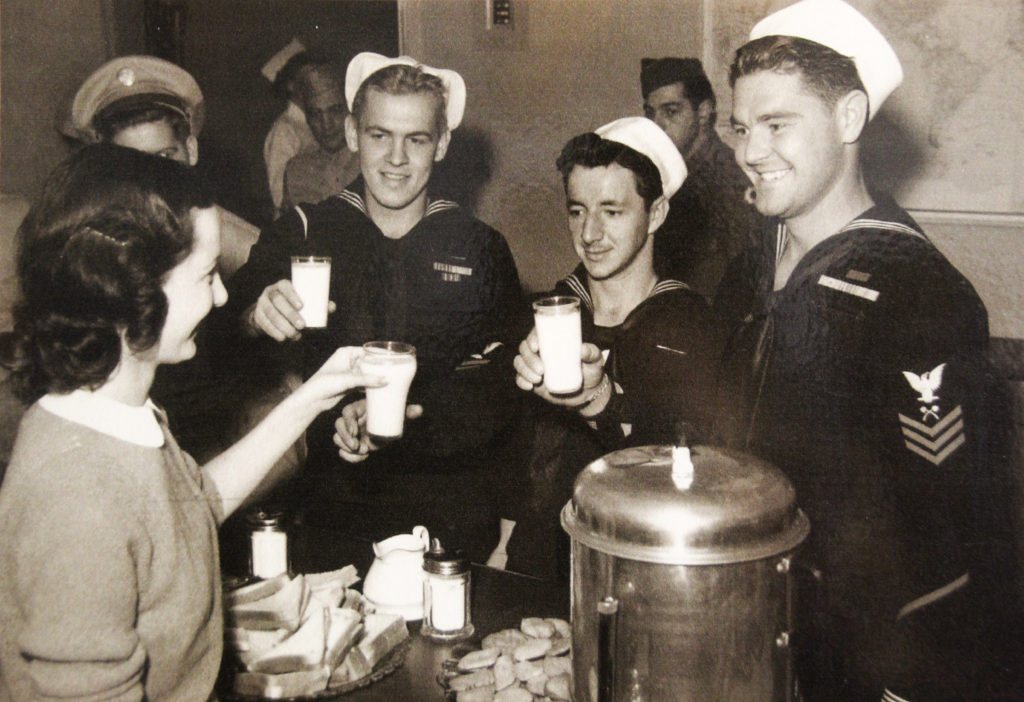
Nebraska, you have filled us with so many different chapters of history we didn’t expect. We leave you with many thanks as we bid Wyatt farewell and head back to reunite with Ruby.
PS: Thank you for our Nebraska moon ☺️
S&P
